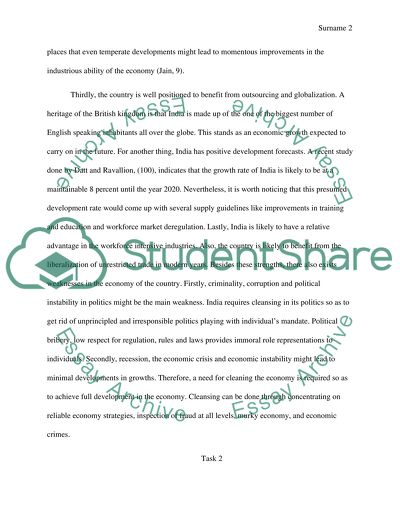Cite this document
(Indias Economic Growth Research Paper Example | Topics and Well Written Essays - 2199 words, n.d.)
Indias Economic Growth Research Paper Example | Topics and Well Written Essays - 2199 words. Retrieved from https://studentshare.org/macro-microeconomics/1685316-economic-research-on-india-facing-the-21st-century
Indias Economic Growth Research Paper Example | Topics and Well Written Essays - 2199 words. Retrieved from https://studentshare.org/macro-microeconomics/1685316-economic-research-on-india-facing-the-21st-century
(Indias Economic Growth Research Paper Example | Topics and Well Written Essays - 2199 Words)
Indias Economic Growth Research Paper Example | Topics and Well Written Essays - 2199 Words. https://studentshare.org/macro-microeconomics/1685316-economic-research-on-india-facing-the-21st-century.
Indias Economic Growth Research Paper Example | Topics and Well Written Essays - 2199 Words. https://studentshare.org/macro-microeconomics/1685316-economic-research-on-india-facing-the-21st-century.
“Indias Economic Growth Research Paper Example | Topics and Well Written Essays - 2199 Words”, n.d. https://studentshare.org/macro-microeconomics/1685316-economic-research-on-india-facing-the-21st-century.


